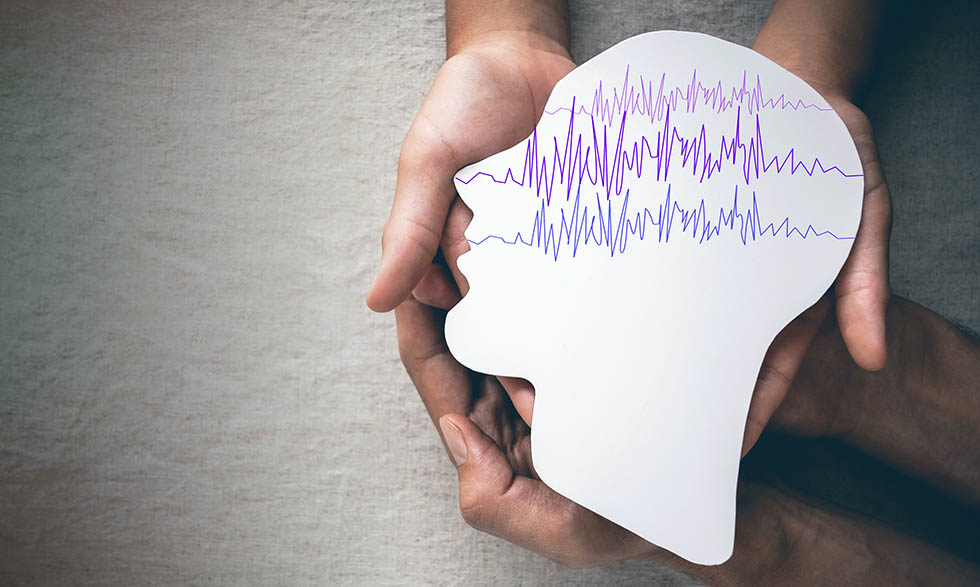If a person is having a seizure, it's important to know how to help. Some signs of seizure, according to the National Institute of Neurological Disorders and Stroke, include staring, jerking movements, falling, or even loss of consciousness.
- Remain calm. Check to see if the person is wearing a medical ID bracelet or necklace. Time the length of the seizure using your watch or phone.
- Keep the person safe. Move or guide them away from harmful or sharp objects. If a person wanders, guide them away from dangerous situations.
- Turn the person onto their side if they are not awake or aware. Loosen tight clothing around their neck, and place something soft and small under their head. If they are aware, help them to sit down.
- Do not try to stop the person's movements or hold the person down. This can lead to injuries and cause the person to feel distressed.
- Stay with the person until they are fully awake and alert after the seizure. Most seizures last a few minutes. Call 911 if a seizure lasts more than five minutes.







